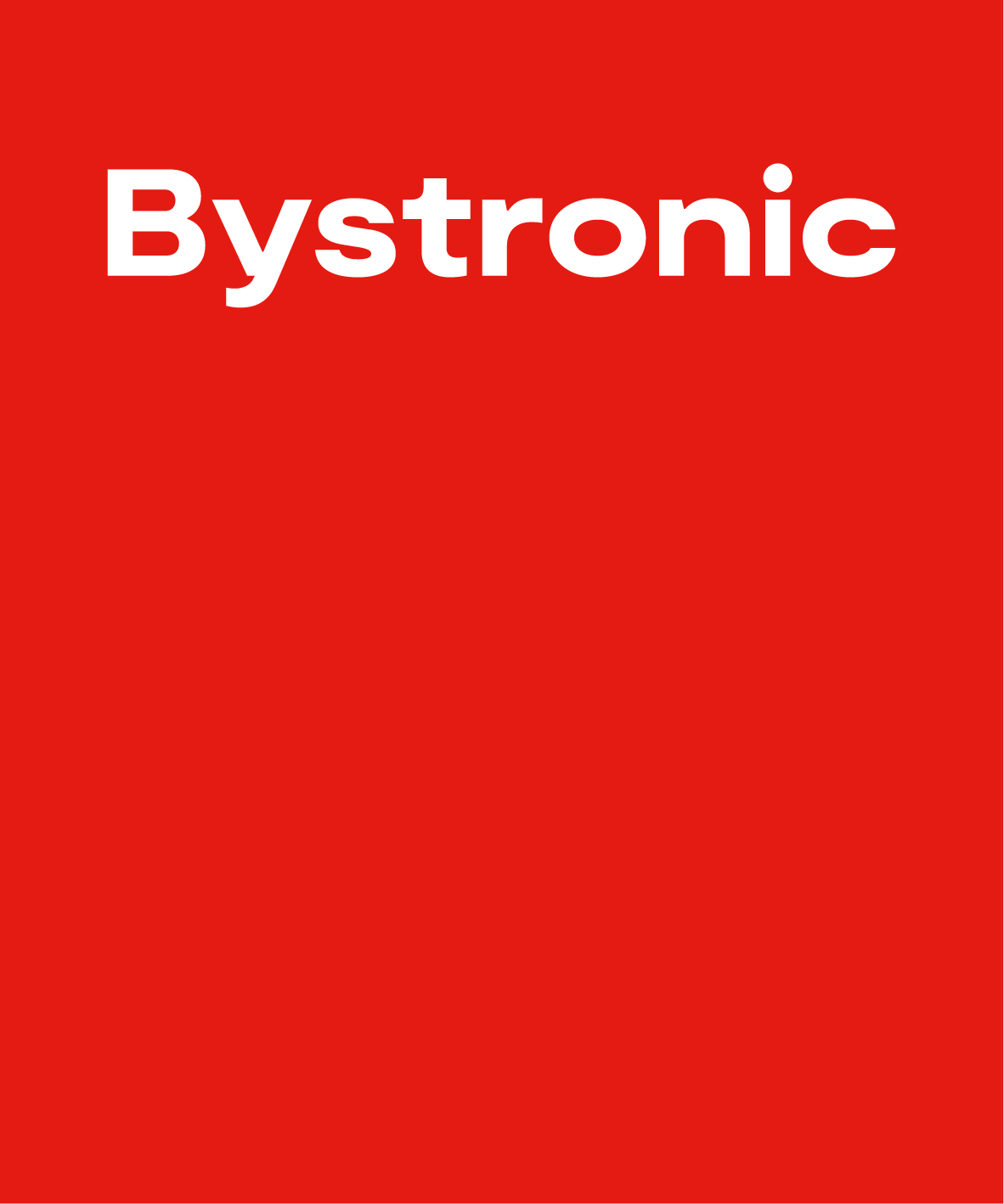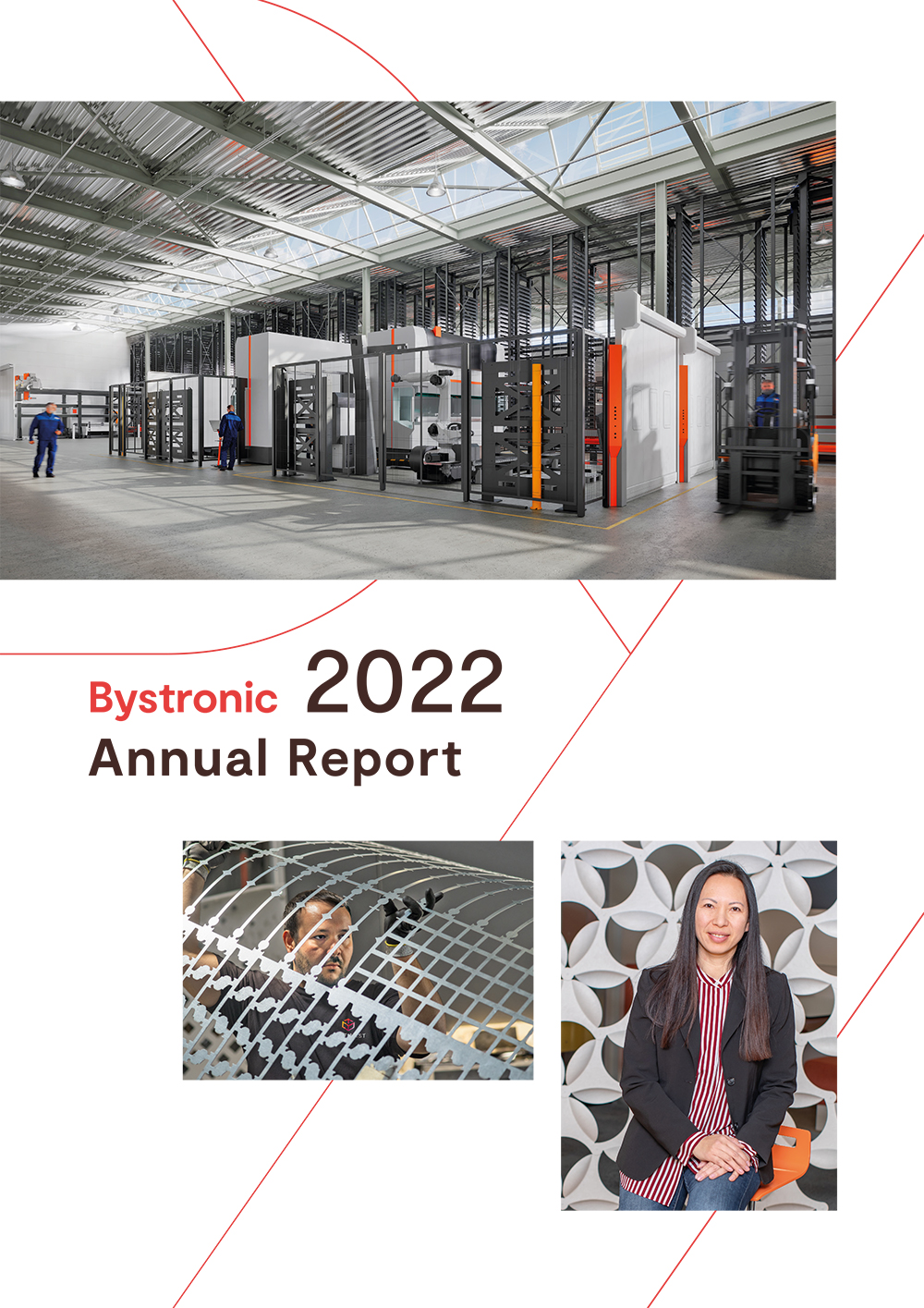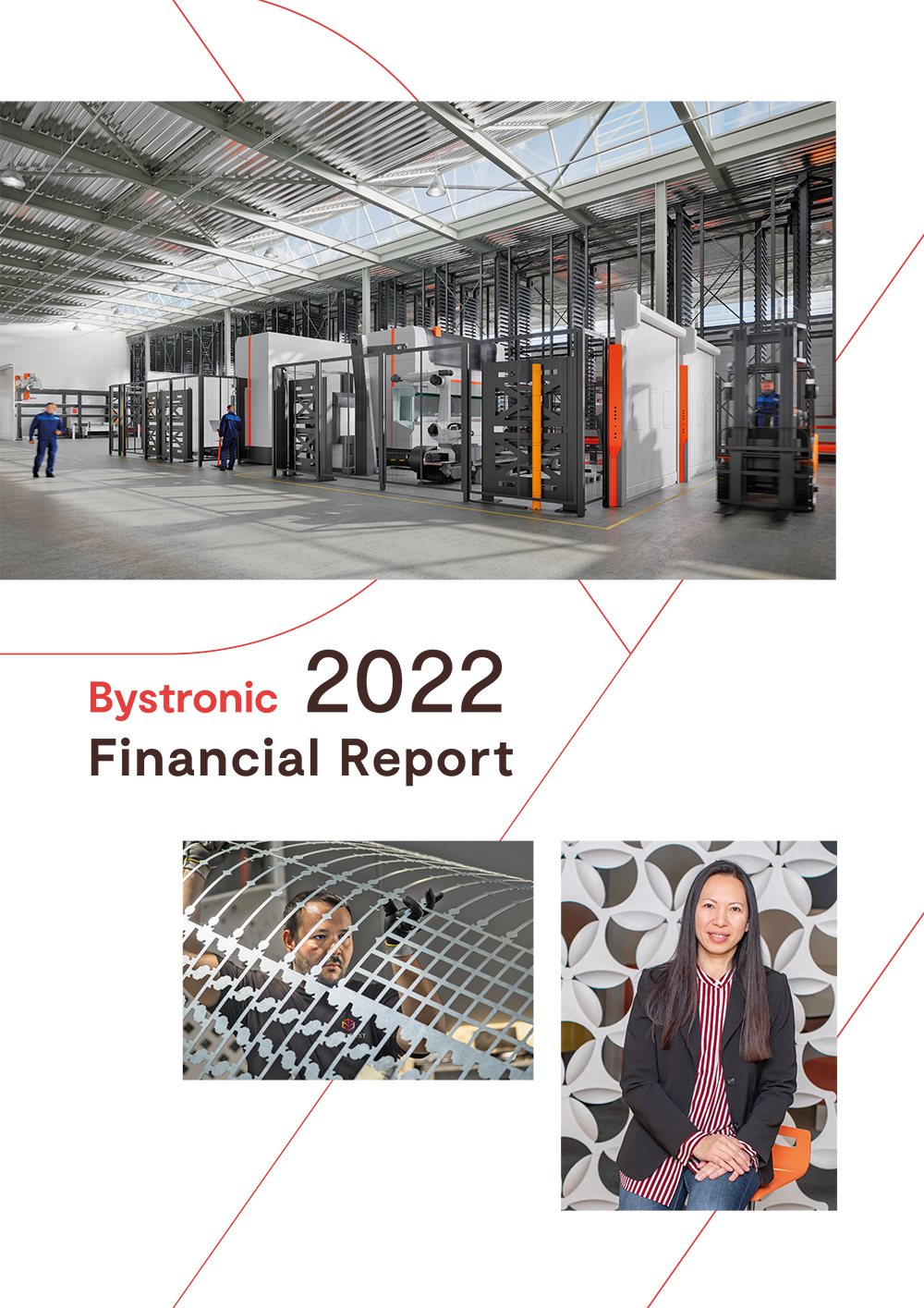3 Financing and risk management
3.1 Cash, cash equivalents and securities
Cash and cash equivalents include cash on hand, bank account balances and time deposits with a remaining maturity of 90 days or less.
Securities include time deposits with a remaining maturity of more than 90 days.
3.2 Shareholders’ equity
Share capital
The share capital of CHF 4.1 million is divided into 1,827,000 class A registered shares with a nominal value of CHF 2.00 each and 1,215,000 class B registered shares with a nominal value of CHF 0.40 each.
Treasury shares/Share-based compensation
|
CHF million |
|
|
12/31/2022 |
|
12/31/2021 |
|
|
|
|
|
|
|
|
|
|
Treasury shares held |
|
|
|
|
|
|
|
Class A registered shares |
Number |
|
1,951 |
|
1,815 |
|
|
Average purchase price |
CHF |
|
1,145 |
|
1,259 |
|
|
|
|
|
|
|
|
|
|
Acquisition for participation program |
|
|
2022 |
|
2021 |
|
|
Class A registered shares |
Number |
|
1,000 |
|
1,200 |
|
|
Average purchase price |
CHF |
|
981 |
|
1,309 |
|
|
|
|
|
|
|
|
|
|
Disposal of treasury shares |
|
|
2022 |
|
2021 |
|
|
to the Board of Directors and Executive Committee |
Number |
|
864 |
|
1,314 |
|
|
Average transaction price 1 |
CHF |
|
911 |
|
1,232 |
|
|
Cash value |
CHF million |
|
0.8 |
|
1.6 |
|
|
|
|
|
|
|
|
|
1 The transaction price corresponded to the market value.
The basic compensation of the members of the Board of Directors is paid in cash and in shares (approx. 50% each). The shares are subject to a four-year vesting period. Neither discounts nor performance components are taken into account for the calculation of the allocation of shares to members of the Board of Directors. The average share price over three months from November 1st to January 31st of the respective term of office is used.
There is a deferred share-based performance component (long-term incentive LTI) for the CEO. The contractually agreed target LTI value is 20% of the total target compensation. The sole performance parameter is earnings per share (EPS) for the current financial year. Depending on the actual EPS target achievement, the cash value of the share allocation can vary between 0% and a maximum of 150% (cap) of the target LTI value. The calculated monetary value is divided by the average share price from November 1stof the current period to January 31st of the following period to determine the number of shares allocated, with a discount of 10%. The prerequisite for a share allocation is an employment relationship that has not been terminated at the time of allocation. The shares transferred remain blocked for four years. In the event of disability, death or termination of employment following a change of control, the blocking period does not apply.
The remaining members of the Executive Committee and selected corporate functions are entitled to participate in the share-based LTI program. This is a “restricted share unit” (RSU) plan. The target LTI value for members of the Executive Committee (excluding the CEO) is 15% of the total target compensation. The first allocation of share rights (RSUs) took place at the end of March 2018. The actual LTI value for the management level mentioned above depends on earnings per share (EPS) and can vary between 100% and 150% of the target LTI value. The calculated monetary value is divided by the average share price from November 1st of the previous period to January 31st of the current period to determine the number of RSUs granted, with no discount. The RSUs are subject to a vesting period of three years, starting on the grant date and ending on the vesting date. The conversion of the vested RSUs into shares of Bystronic AG (conversion at a ratio of 1:1) takes place at the vesting date, provided that there is a continuing employment relationship at that time. The shares transferred to the plan participant can be freely disposed of by the plan participant. They are in the name of the plan participant and carry voting and dividend rights.
Further information on share-based compensation can be found in the compensation report.
For the share-based compensation component for the reporting year, personnel expenses of CHF 0.8 million (previous year: CHF 1.6 million) were recognized.
Compensation and shareholdings
The compensation paid to the Board of Directors and the Executive Committee is disclosed in the Compensation Report, which forms an integral part of this annual report. Their holdings in Bystronic AG are disclosed in the notes to the financial statements of Bystronic AG.
Non-distributable reserves
As of the balance sheet date, the non-distributable reserves of the holding company Bystronic AG amount to CHF 3.1 million (previous year: CHF 3.1 million). Included therein are CHF 2.2 million related to treasury shares (previous year: CHF 2.3 million) and non-distributable reserves of CHF 0.8 million (previous year: CHF 0.8 million).
Accounting principles
Treasury shares are recognized at cost at the time of acquisition. Treasury shares are recognized as a negative item in equity. In the event of a subsequent resale, the profit or loss is credited to legal capital reserves.
Share-based compensation to members of the Board of Directors and the Executive Committee is measured at fair value at grant date and charged to personnel expenses in the period in which the service is rendered.
3.3 Financial result
|
|
Bystronic |
|
Bystronic |
|
Discontinued operations |
Group |
|
|
|
CHF million |
2022 |
|
2021 |
|
2021 |
|
2021 |
|
|
|
|
|
|
|
|
|
|
|
|
Financial income |
3.3 |
|
3.3 |
|
0.8 |
|
4.1 |
|
|
Financial expenses |
–6.0 |
|
–4.2 |
|
–1.3 |
|
–5.4 |
|
|
Total financial result |
–2.7 |
|
–0.9 |
|
–0.5 |
|
–1.4 |
|
|
|
|
|
|
|
|
|
|
|
Financial income includes interest income of CHF 3.2 million (previous year: CHF 0.9 million) and a gain on marketable securities of CHF 0.1 million (previous year: CHF 0.2 million). In the previous year, a positive performance on the assets of the employer contribution reserve of CHF 0.8 million and foreign exchange gains of CHF 1.4 million were realized.
Financial expenses include interest and currency hedging costs (interest rate difference) of CHF 3.5 million (previous year: CHF 4.2 million) for the financing of foreign group companies in foreign currencies, a negative performance on the assets of the employer contribution reserve of CHF 1.2 million and foreign exchange losses of CHF 1.2 million. The foreign exchange losses include currency effects from the valuation of cash and cash equivalents, short-term loans between group companies and other financial assets.
3.4 Operating lease
|
Maturity of operating lease contracts in CHF million |
12/31/2022 |
|
12/31/2021 |
|
|
|
|
|
|
|
|
Under 1 year |
5.3 |
|
5.1 |
|
|
1 to 5 years |
6.8 |
|
7.1 |
|
|
Total operating lease contracts |
12.1 |
|
12.2 |
|
|
|
|
|
|
|
3.5 Other commitments and pledged assets
At balance sheet date, there were no off-balance sheet commitments and no pledged assets. In the previous year, assets in the amount of CHF 4.2 million were subject to ownership restrictions.
3.6 Financial risk management
Through its business activities, Bystronic is exposed to financial risks such as in particular currency, credit, liquidity and interest rate risks. Risk management is focused on the unpredictability of developments in the financial markets and aims to minimize the potential negative impact on the group’s financial position. Risk management is carried out by Bystronic’s finance department in accordance with guidelines approved by the Board of Directors. They define the use of derivatives as well as the handling of foreign currency risks, interest rate risks and credit risks. The guidelines are binding for all Bystronic companies.
|
Risk |
|
Source |
|
|
Risk management |
|
|
|
|
|
|
|
|
Currency risks |
|
Bystronic operates internationally and is therefore exposed to currency risks, which may affect operating profit and the financial result, as well as the Group’s equity. |
|
– |
Natural hedging is used by purchasing goods in the currency they will be sold in. |
|
– |
Currency risks are hedged using derivative financial instruments. |
||||
|
|
|
|
|
|
|
|
|
|
|
|
|
|
|
Credit risks arising from business operations and financial transactions |
|
The credit risk is the risk of suffering a financial loss if a counterparty is unable to meet its contractual obligations. Credit risks may arise from receivables, financial assets, credit balances with financial institutions, securities and derivative financial instruments. |
|
– |
Independent ratings of financial institutions are periodically reviewed. |
|
– |
Risks of liquid assets are further reduced by using different financial institutions instead of a single bank. |
||||
|
– |
Cluster risks of receivables and financial assets are reduced through broad geographical distribution and a large number of customers. |
||||
|
– |
Customers’ creditworthiness is assessed taking account of specific checks and past experience. |
||||
|
|
|
|
|
|
|
|
|
|
|
|
|
|
|
Liquidity risks |
|
A liquidity risk results from the risk of being unable to meet financial obligations when they fall due. |
|
– |
A prudent liquidity management includes holding sufficient reserves of liquid funds, which are constantly monitored, and the option of financing through lines of credit. |
|
|
|
|
|
|
|
|
|
|
|
|
|
|
|
Interest rate risks |
|
Interest rate risks arise from changes in future interest payments due to fluctuations of market interest rates and from interest-related risks due to changes in market value. |
|
– |
Bystronic does not have any assets and liabilities that would be substantially affected by significant changes in the interest rate environment. |
|
|
|
|
|
|
|
|
|
|
|
|
|
|
Conversion rates
|
|
|
|
Closing rate |
Average rate |
||||||
|
Currency |
Unit |
|
12/31/2022 |
|
12/31/2021 |
|
2022 |
|
2021 |
|
|
|
|
|
|
|
|
|
|
|
|
|
|
EUR |
1 |
|
0.9847 |
|
1.0331 |
|
1.0064 |
|
1.0845 |
|
|
USD |
1 |
|
0.9232 |
|
0.9121 |
|
0.9539 |
|
0.9126 |
|
|
CNY |
100 |
|
13.3823 |
|
14.3592 |
|
14.2287 |
|
14.1295 |
|
|
|
|
|
|
|
|
|
|
|
|
|
Derivative financial instruments
|
CHF million |
12/31/2022 |
|
12/31/2021 |
|
|
|
|
|
|
|
|
Contract or nominal values (gross) |
407.4 |
|
392.5 |
|
|
Positive replacement values |
12.1 |
|
3.5 |
|
|
Negative replacement values |
2.8 |
|
2.8 |
|
|
|
|
|
|
|
The contracts were concluded to hedge currency risks arising from operating activities in various currencies.
Accounting principles
All open derivatives are recognized at fair value as of the balance sheet date and reported gross in the balance sheet under other receivables or other liabilities. Changes in the value of derivatives used to hedge recognized underlying transactions are recognized in the same way as the underlying transaction. Changes in the value of derivatives used to hedge future cash flows are recognized in equity until the underlying transaction is settled. At the time the hedged item is recognized in the balance sheet, the gain or loss recognized in equity is transferred to the income statement.


